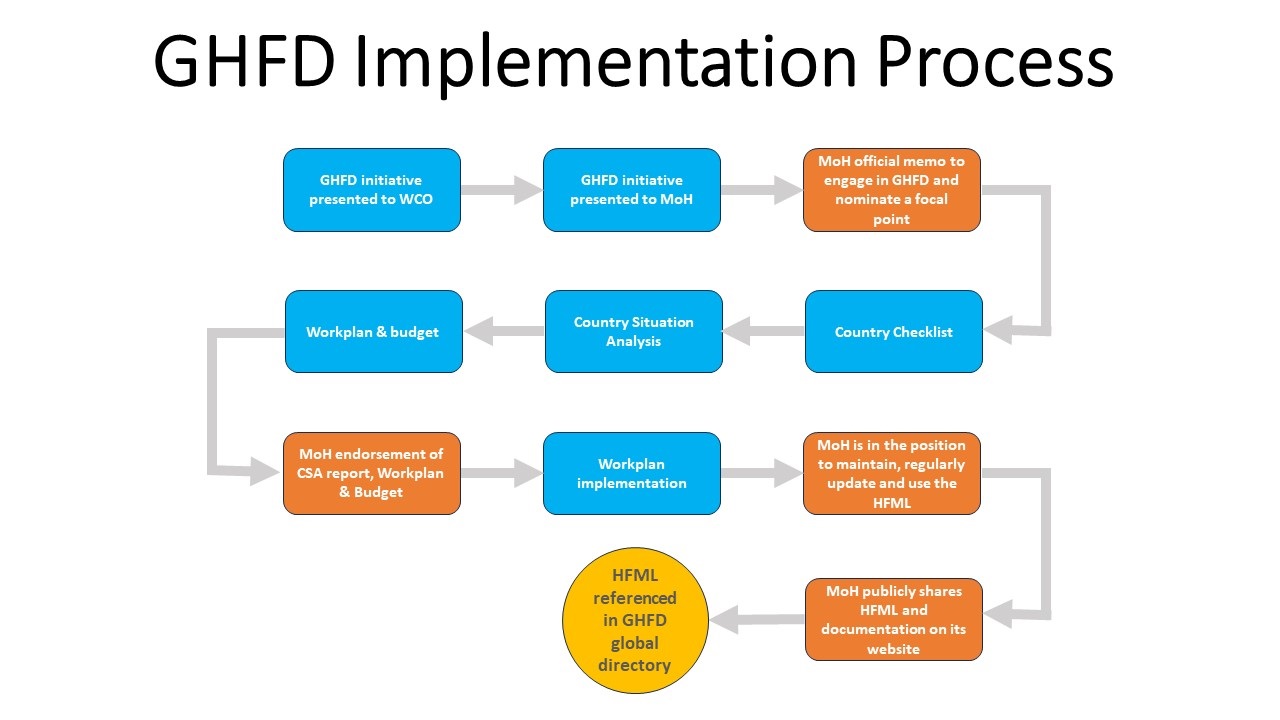Every country faces the challenging task of keeping its people healthy. From delivering primary care in rural communities and urban centers to addressing health crises like pandemics, each country needs accurate and reliable data to plan and deliver quality health services.
Ministries of Health can benefit from leveraging geospatial data and technologies to better plan, monitor and implement timely health interventions; inform decision-making; and collaborate across sectors and regions to better serve communities. However, many countries currently miss out on these benefits because they lack a high-quality georeferenced health facility master list
Geolocated Health Facilities Data (GHFD) initiative seeks to turn this global gap into a global good. The initiative provides support for developing:
- a georeferenced Health Facility Master List (HFML) per country that is maintained, actively used, and publicly shared by the Ministry of Health;
- Ministry of Health capacity to leverage geospatial information systems (GIS) for health;
- a global directory containing HFML-related information of importance to the international community

From a global gap to a global good

The COVID-19 pandemic underscored that many countries, even higher-income ones, do not know where all their health facilities are. Now is the time to invest in a solution – before the next health crisis.
The GHFD initiative is a collaborative effort that starts at the country level. Lasting impact depends on countries having the capacity they need to readily identify and track how many health facilities they have, what services they provide, and where they are located.
The GHFD initiative assists countries looking to establish, maintain, update, and share an HFML that everyone can refer to as the single source of truth.
Our mission is to strengthen the technical capacity of Ministries of Health across all levels to ensure the availability, quality, accessibility and use of HFMLs, increase data interoperability, and reduce duplicate work.
The initiative will also provide the world with the first central and accessible public directory of health facility-related information as global good for use by all. This global directory will contain the following for each UN Member State:
- Official definition of the health facility concept
- Classification table of health facility types
- Link to the HFML on MoH’s web site
- Specific data elements extracted from the HFML (unique identifier, official name, type and location) to which WHO will add a unique global identifier
The global directory will be regularly synchronized with the HFML of each country as they are updated
By 2027, we aim to have all 194 WHO Member States regularly updating their HFMLs and contributing information from them to the global directory.
The GHFD initiative is a key activity of WHO’s GIS Centre for Health.
Get involved
Delivering value at multiple levels
Strengthening health systems and delivery
Fragmented health facility data make evidence-based health planning difficult and underscore the need for better coordination.
Georeferenced HFMLs contribute to addressing these issues and enable better planning, monitoring and implementation of timely health interventions to better serve communities by....
